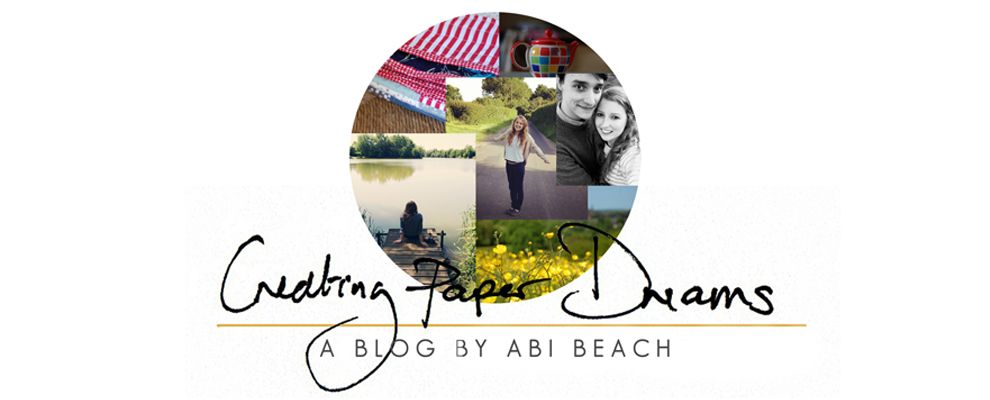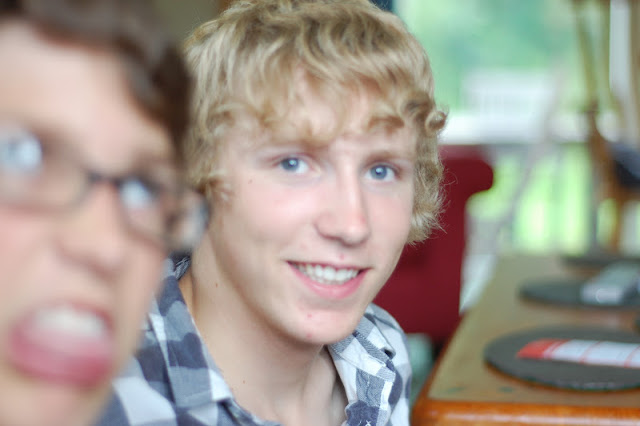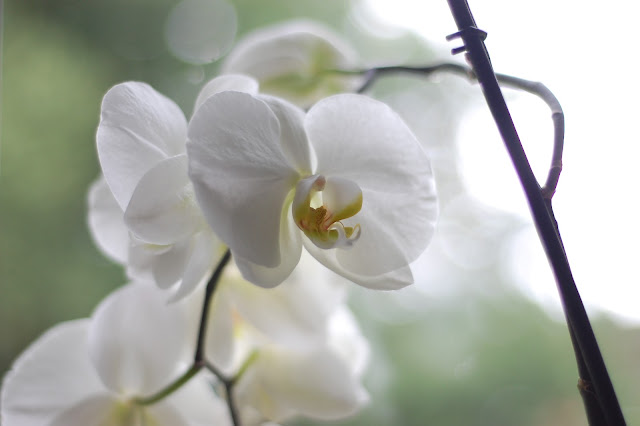Hi friends
Welcome back to my photography mini series.
If you are new to this mini course the schedule with links to the previous posts can be found here.
Today I want to chat about what happens behind the scenes, the things that go on behind the camera, the photos that aren't often posted.
I will say it now and I will say it again but there will never be a batch of photos that you are 100% happy with. There are however, things you can do to ensure that you have every possible chance of success...
Lesson 1:
Take LOTS of photos. It costs you approx. half a second more to take a second photo, but that photo may be the difference between a duff one and the perfect shot. Take this set for example. Near identical photos but only one is good enough to use. That comes from clicking the shutter just a few times more.
It is a standing joke in my family that I take literally hundreds of photos. You know what though, I would prefer to have a back log of pictures I haven't used and have the choice than find I have missed that special moment.
Lesson 2:
I
f you are shooting people, have your camera focused and ready when the subject isn't looking. Call their name and click, A beautiful, natural shot. With children call their name and do something silly, you will automatically get a good laugh!
Lesson 3:
In a dark room or in the evenings, use a tripod. That way your shutter speed can be nice and low and you won't blur your pictures. I use a gorilla-pod which can be bent around different objects. If you don't have a tripod rest your camera on a solid object like a bookshelf.
If you really don't have anything to rest your camera on, take a breath in, press the shutter and breathe out. Honestly it works!
Lesson 4:
Set up your camera before you shoot. If you know you are going to be taking lots of photos at say a party or event, get there early and take a trial shot. You can work out your shutter speed etc when no one is around then when you are in the thick of it you don't have to drastically alter your settings.
Lesson 5:
When taking photos of craft projects, find a space with natural light, a window is spot on! Try not to use flash, it bounces off photos on a layout and looks horrible. Get has high above your project as you can ( I use a chair). Point your camera directly down over your work like this. (It may take a bit of trial and error).
After you have taken the photo crop out the edges. I also lay my projects on a white piece of card first.
Lesson 6:
Try and get as good a picture as you can on camera. There is only so much editing afterwards that you can do. If you need to edit, do it subtly. A tweak of highlights and shadows is normally all that is needed.
I do most of my editing
here
Again, this is just a peep into my world. The things I do behind the scenes to make sure I have the best possible chance of getting a good photo.
Thanks for stopping by. The next post in the series will come on Sunday and is about those beautiful candid photos.
Abi






























































